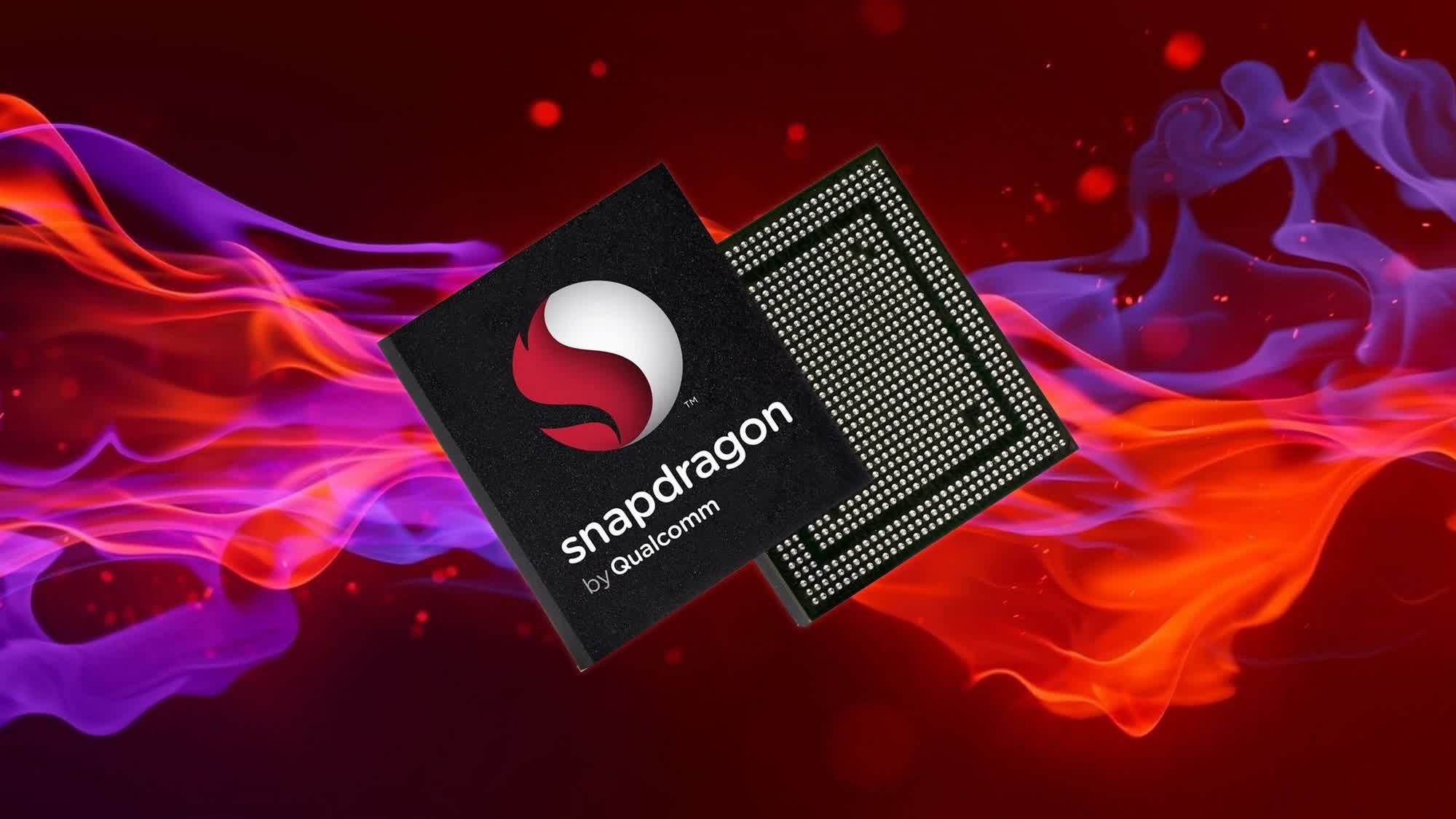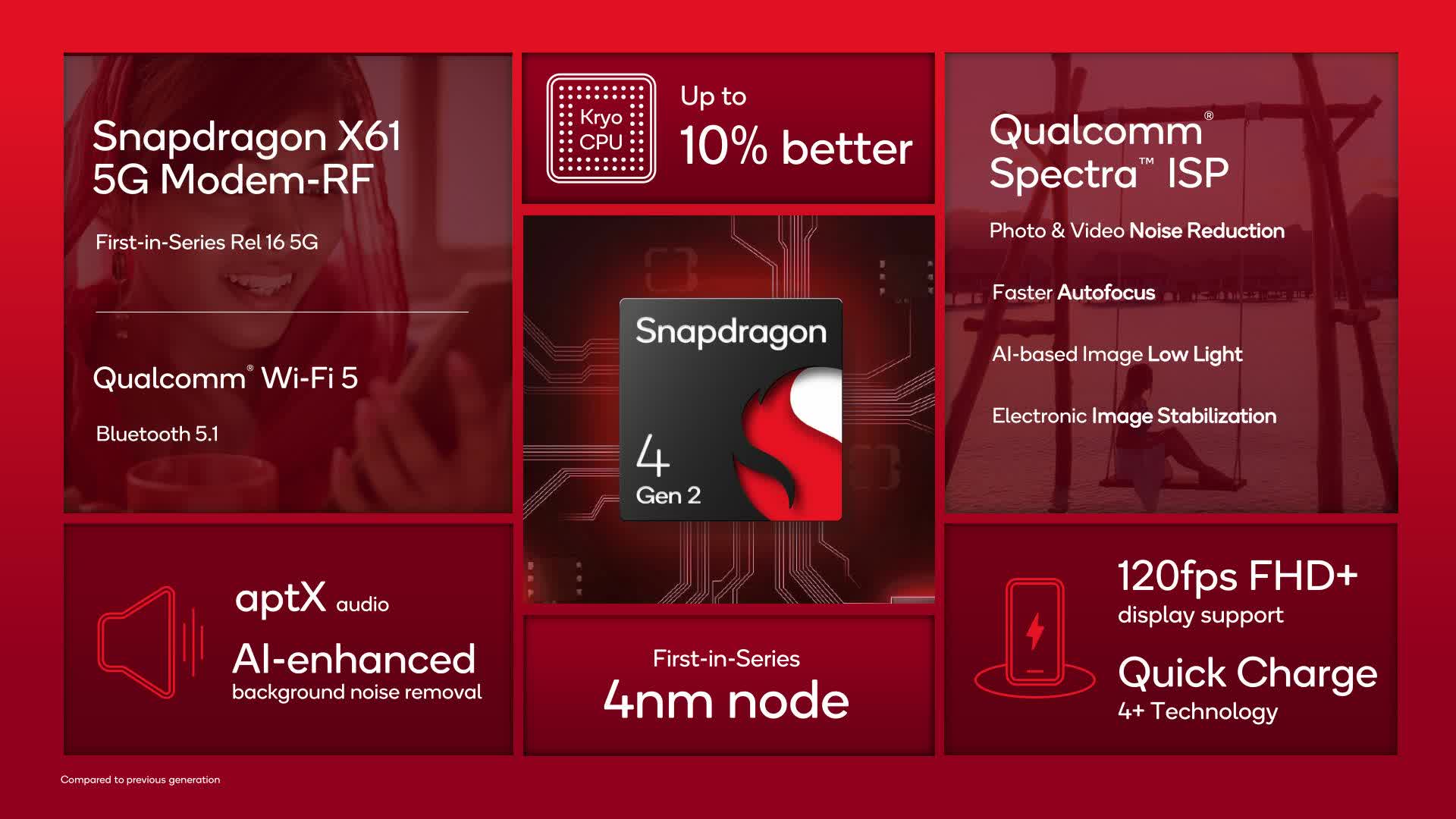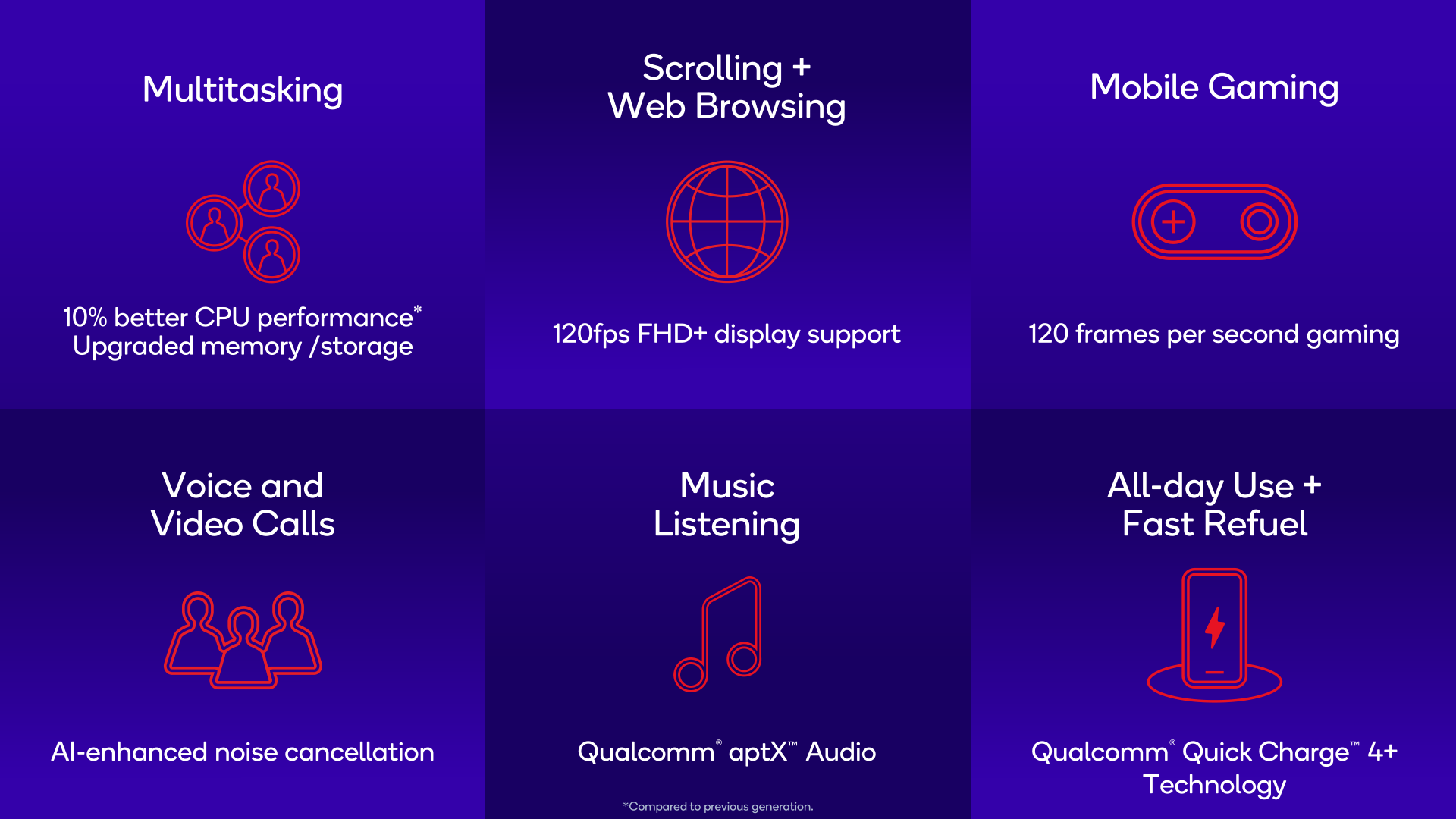What just happened? Qualcomm has announced the Snapdragon 4 Gen 2, its new entry-level SoC intended for budget smartphones and the successor to last year's Snapdragon 4 Gen 1. It mostly brings iterative improvements to make it more competitive against offerings from Mediatek and Samsung.
The Qualcomm Snapdragon 4 Gen 2 chip is fabbed on one of Samsung's cutting-edge 4nm process nodes, which should result in higher power efficiency and, in turn, devices with better battery life.
On the CPU side, the Snapdragon 4 Gen 2 sports the same eight-core configuration as its predecessor, consisting of two Cortex A78-based performance cores and six Cortex A55-derived efficiency cores. However, the node shrink did allow the company to raise maximum clock speeds a bit (up to 2.2 GHz on the big cores and 2 GHz on the small ones), contributing to a 10 percent performance boost.
Qualcomm isn't saying much about the GPU hardware used in the new SoC or its performance. This indicates that it's likely using the same in-house Adreno 619 as the last-gen Snapdragon 4 Gen 1 and the Snapdragon 480 that came before it, with minimal (if any) clock speed improvements.
The memory subsystem got a sizeable upgrade, as Qualcomm's latest chip now supports LPDDR5 memory running at speeds up to 3,200 MHz, as well as older (and cheaper) LPDDR4X memory at up to 2,133 MHz. It also supports two-lane UFS 3.1 storage, which more than doubles the maximum total bandwidth to 2,900 MB/s.
Qualcomm's new mobile platform incorporates the Snapdragon X61 5G modem and RF system, which adds support for the more-recent 3GPP Release 16 version and improves power efficiency. Curiously, while the SD4G2 still supports Wi-Fi 5, it's limited to a 1x1 antenna configuration, essentially cutting speeds in half compared to its predecessor. Bluetooth also gets a downgrade to version 5.1, losing support for Bluetooth Low Energy Audio in the process.
Qualcomm says that devices equipped with the Snapdragon 4 Gen 2 chipset should start arriving in the second half of the year. Hopefully, the new SoC will prove to be more popular than its predecessor, which only appeared in a handful of phones from Xiaomi and Vivo.


